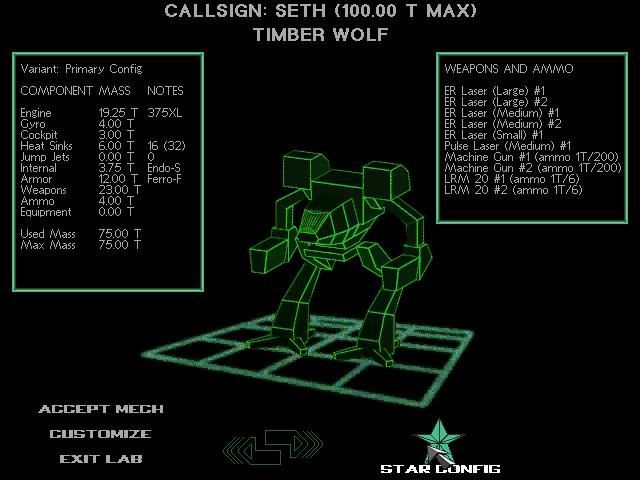https://en.wikipedia.org/wiki/Kaep
Kaep is a traditional type of double-ended Proa sailboat native to Palau.[1][2] Some of the essential design elements have also been adopted as a modern smaller multihull prototype variant.[A]
https://en.wikipedia.org/wiki/Proa
Proas are various types of multi-hull outrigger sailboats of the Austronesian peoples. The terms were used for native Austronesian ships in European records during the Colonial era indiscriminately, and thus can confusingly refer to the double-ended single-outrigger boats of Oceania, the double-outrigger boats of Island Southeast Asia, and sometimes ships with no outriggers or sails at all.
https://en.wikipedia.org/wiki/Crab_claw_sail
The crab claw sail is a fore-and-aft triangular sail with spars along upper and lower edges. The crab claw sail was developed in Island Southeast Asia some time before 2000 BCE. It went on to be used in many traditional Austronesian cultures in Island Southeast Asia, Micronesia, Island Melanesia, Polynesia, and Madagascar.[2]: 144 [3] Due to its extraordinary performance and ease of operation, it has also become very popular in modern sport sailing.[4] It is sometimes known as the Oceanic lateen or the Oceanic sprit, even though it is not restricted to Oceania, is neither a lateen sail nor a spritsail, and has an independent older origin.
The crab claw sail consists of a sail, approximately an isosceles triangle in shape. The equal length sides are usually longer than the third side, with spars along the long sides. Austronesian sails typically have spars along two edges of the sail. This is to distribute the loads of sheets and other point loads on the sail. The traditional and historic mat sails used for Austranesian sails has no reinforcement of the sail material along the edges[a]. Since mat sails are not as strong as other sail materials, such as canvas, it is important that the spars provide the necessary reinforcement of the edges.[16]: 248
The crab claw may also traditionally be constructed with curved spars, giving the edges of the sail along the spars a convex shape, while the leech of the sail is often quite concave to keep it stiff on the trailing edge. These features give it its distinct, claw-like shape. Modern crab claws generally have straighter spars and a less convex leech, which gives more sail area for a given length of spar. Spars may taper towards the leech. The structure helps the sail to spill gusts.
The crab claw characteristically widens upwards, putting more sail area higher above the ocean, where the wind is stronger and steadier. This increases the heeling moment: the sails tend to blow the watercraft over. For this reason, crab claws are typically used on multihulls, which resist heeling more strongly.
The sail is shunted; the bow becomes the stern, and the mast rake is also reversed. The vessel therefore always has the ama (and sidestay, if there is one) to windward, and has no bad tack.
In a proa, the forward intersection of the spars is placed towards the bow. The sail is supported by a short mast attached near the middle of the upper spar, and the forward corner is attached to the hull. The lower spar, or boom, is attached at the forward intersection, but is not attached to the mast. The proa has a permanent windward and leeward side, and exchanges one end for the other when coming about.
To tack, or switch directions across the wind, the forward corner of the sail is loosened and then transferred to the opposite end of the boat, a process called shunting.[17] To shunt, the proa’s sheet is let out. The joined corner of the spars is then transferred to the opposite end of the boat. While remaining attached to the top of the mast, the upper spar tilts to vertical and beyond as the forward corner moves past the mast and onward to the other end of the boat. Meanwhile, the mainsheet is detached and used to rotate the rearward end of the boom through a horizontal half circle. The spar join is then re-attached at the new “forward” end of the boat and the mainsheet is re-tightened at the new “rearward” end.[18]

